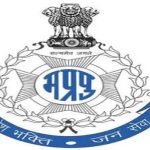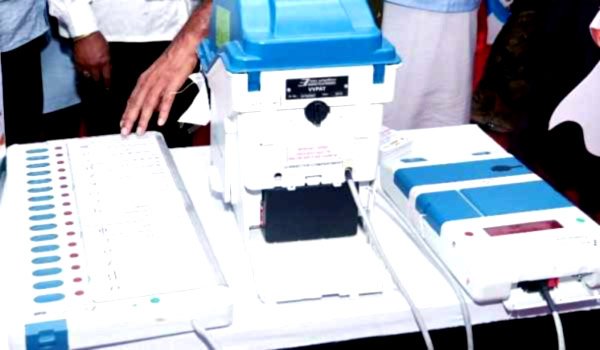Srinagar/Jammu, Oct 8 (UNI) Amid tight security, the counting of votes for the 90 Assembly constituencies in Jammu and Kashmir commenced on Tuesday morning.
The political fate of 873 candidates, including 43 women, will be decided by the election results.
The counting exercise began at 8 am with postal ballots followed by the counting of Electronic Voting Machines (EVMs), officials said.
The poll results will mark a significant moment, paving the way for the Union Territory’s first elected government since the abrogation of Article 370 in 2019 and the downgrading of the erstwhile state into two Union Territories.
Officials said that all necessary arrangements are in place to ensure a fair and transparent counting process, with heightened security measures implemented around the 28 counting centres located across the 20 districts of the Union Territory.
Chief Electoral Officer (CEO) J&K, Pandurang K Pole said that comprehensive security arrangements have been made for the counting and three-tier security cover is in place around counting centres.
Pole said that adequate checkpoints have been set up within a 100-meter perimeter of each counting centre and CCTV cameras have been installed in all strong rooms where the EVMs are stored to closely monitor all activities.
Srinagar Deputy Commissioner Bilal Mohi-ud-Din Bhat said the counting began at Shere Kashmir International Conference Centre
“Counting began with the postal ballots. From 8.30 am, the counting of votes through EVMs will also begin. All arrangements are complete.,” he said.
In Jammu, counting started at Padmashree Padma Sachdev College for Women Gandhi Nagar, Jammu, Govt MAM College, Jammu and Govt Polytechnic College, Bikram Chowk, Jammu.
Key political parties in this election include the Congress-and National Conference (NC) alliance, the Peoples Democratic Party (PDP), and the Bharatiya Janata Party (BJP).
The NC and Congress contested in alliance, with Congress fielding candidates in 33 seats and NC in 52. The two parties were engaged in a “friendly fight” over five seats, with one seat each given to the Communist Party of India (Marxist) and the Jammu and Kashmir National Panthers Party. Both NC and Congress are part of the Opposition INDIA alliance .
The PDP fielded candidates for all seats, while the BJP contested 62, with 19 candidates in the Kashmir valley. Independents formed the largest group, with 346 candidates running.
In the 2014 Assembly elections, the PDP emerged as the single largest party, winning 28 seats. It later formed a coalition government with the BJP. However, in June 2018, the BJP withdrew its support, leading to the collapse of the coalition and placing Jammu and Kashmir under Central rule.
This is the first assembly election in Jammu and Kashmir in a decade, held in three phases. Voter turnout was recorded at 63.45 percent, slightly lower than the 65.52 percent turnout in the 2014 elections.
The first phase, held on September 18, covered 24 seats; the second phase, on September 25, covered 26 seats; and the third and final phase, on October 1, included the remaining 40 seats. Unlike past elections, which saw incidents of violence, this election was peaceful, with no untoward incidents reported.
Exit polls have indicated that the NC-Congress alliance may have an edge over the BJP in the hung assembly.











